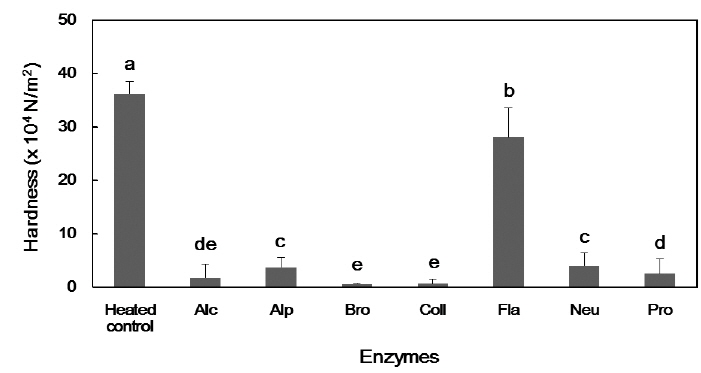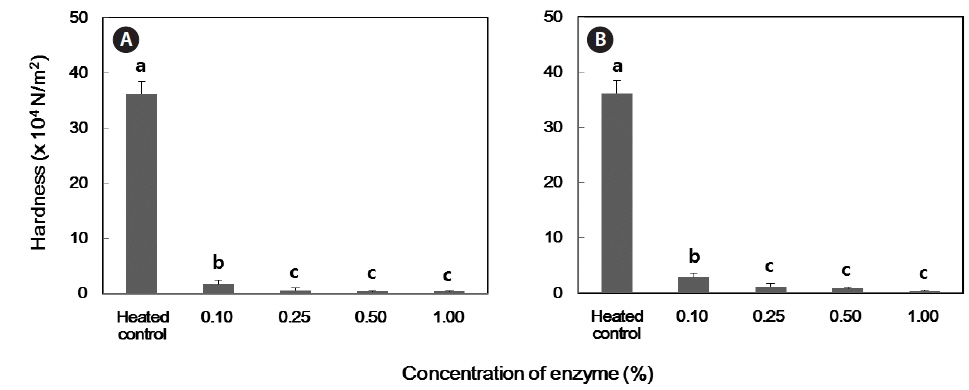



In Korea, the average life expectancy at birth was 80.0 years (76.5 years for males and 83.3 years for females) in 2010, according to the United Nations World Population Prospects 2010 Revision; and 79.3 years (76.1 years for males and 82.7 years for females) in 2013, according to the World Factbook. However, median age has increased over the past 30 years, and, from 2005 to 2010, the total fertility rate of South Korean women was 1.22, one of the world’s lowest (UN, 2013). The rapid development of an aged society in South Korea is unprecedented among OECD countries (Kim, 2000). According to the Korean National Statistical Office, 9.5% of the Korean population was aged 65 years and older (the elderly) in 2006. This proportion is expected to rise to 15.7% in 2010, 15.7% in 2020, 24.1% in 2030, 32.0% in 2040, and 37.3% in 2050. Thus, Korea is faced with the very significant negative consequences of aging, and must prepare at both local and national levels (UN DESA, 2012).
Chewing and swallowing problems are common in the elderly, and affect attitudes toward food, food choices, and, indeed, the ability to eat. The problems may be caused by malfunctions of the jaw muscles, jaws, jaw joints, and/or the neural system. Swallowing disorders are particularly common and may cause dehydration, weight loss, aspiration pneumonia, and airway obstruction (Palmer et al., 2000; van der Bilt, 2002; Rothenberg et al., 2007). It is not surprising that persuading the elderly to eat is not always easy even if no obvious problem exists. Healthy nutrition is essential to ensure fulfilling participation in social activities, and it is thus important to develop food products acceptable to the aged. Aging is associated with a gradual and progressive loss of muscle mass, reduced strength, and less physical endurance (Deutz et al., 2014). Food protein is the optimal food component maintaining muscle function, strength, and function in older adults.
The muscles of fish, mollusks, and crustacea are good sources of protein, as is lean meat, but seafood is less expensive (Desai, 2000). Of marine organisms, squid contains high-quality protein and minerals including selenium, copper, and phosphorus; and vitamin E, vitamin B6, and vitamin B12 (Bourre and Paquotte, 2008). The price of squid is increasing in Korea, associated with declining squid populations in coastal and offshore fisheries, and the demand for imported squid is growing (Lee, 2013). The principal imported squid is jumbo squid
The main body of the jumbo squid
The following softening enzymes were used: Alcalase 2.4 L FG (Alc; Novozymes, Bagsvaerd, Denmark); Neutrase 0.8 L (Neu; Novozymes); Flavourzyme 500 MG (Fla; Novozymes); Protamex (Pro; Novozymes); Collupulin MG (Coll; DSM Food Specialties, Delft, the Netherlands); Alphalase NP (Alp; Danisco-DuPont, Madison, WI, USA); and Bromelain 1200 GDU (Bro; Great Food [Biochem.] Co. Ltd., Bangkok, Thailand); and were dissolved in 0.1 M phosphate-buffered saline (PBS) (pH 7.0) (Biosesang Inc., Seongnam, Korea) to 1.0% (w/v) (Bro, Fla, and Coll), or 1.0% (v/v) (Alc, Neu, Pro, and Alp).
Thawed samples were injected with enzyme solutions delivered perpendicular to the direction of muscle fibers, at sites approximately 1.0 cm apart. The enzyme volume-to-squid weight ratio was 1:10 (Liu et al., 2011). Injected and non-injected samples were held for 24 h at 4℃ (Harris et al., 2001), and then exposed to steam for 10 min at 100℃ to inactivate the enzymes (Nakatsu et al., 2012). After steaming, all samples were immediately cooled in an ice-water bath and the hardness measured. To identify optimal enzymes, further injections were performed using enzyme concentrations of 0.10, 0.25, 0.50, and 1.00% (all w/v) in PBS.
Squid texture was measured using a texture analyzer (HD-Plus; Stable Microsystems, London, UK) equipped with a 50 kg load cell. Textural analysis was achieved with the aid of Texture Exponent software version 6.1.5.0 (Stable Microsystems Ltd.). The duration of cooking and time between cooking and testing were identical for all samples. Hardness (the compressive force) was measured using an 10 mm diameter cylinder probe (pre-test speed: 1.0 mm/s; test-speed: 2.0 mm/s; post-test speed: 10.0 mm/s; strain: 70%; trigger force: 10 g). The compressive force rises with sample hardness. Tests were performed on 10 replicates of each sample centrally positioned under the probe.
Statistical analysis was performed using IBM SPSS Statistics 20 (SPSS 20.0 for Windows: SPSS Inc. Chicago, USA). Significant differences between means were detected using Duncan’s multiple-range tests. A
We used proteases to soften jumbo squid; others have tested plant extracts and bacterial proteases (Ketnawa and Rawdkuen, 1986; Nagai et al., 2011). As the use of enzymes to soften jumbo squid is thus relatively novel, we explored the effects of seven enzymes (Table 1), all of which are classified as ‘Generally Recognized as Safe’ (GRAS), and are prepared from various plant, bacterial, and fungal sources. Such enzymes have also been used to tenderize meat; the myofibrillar and connective tissue regions of the meat were differentially affected (Calkins and Sullivan, 2007).
[Table 1.] Optimum softening conditions of various enzymes

Optimum softening conditions of various enzymes
Fig. 1 shows the hardness values of enzyme-treated jumbo squid and that of the control (no enzyme addition; 3.6 × 106 N/m2). Of the seven enzymes tested, six (Alc, Alp, Coll, Bro, Nue, and Pro) softened jumbo squid to 3.9 × 105 N/m2 or less; Fla did not. The active enzymes differed little in effect. However, two (Bro and Coll) softened jumbo squid to a hardness of 1.0 × 105 N/m2 or lower; Brom was slightly superior to Coll in this regard. Thus, we treated squid with different levels of Brom and Coll.
>
Influence of enzyme concentration on hardness
The influence of enzyme concentration (two enzymes) on hardness was investigated (Fig. 2). Squid treated with Brom at 0.5 and 1.0% (both w/v) exhibited hardness values of 3.4 × 104 N/m2 and 3.7 × 104 N/m2 respectively; softening was thus effective [Fig. 2(a)]. Sample shape was retained at both enzyme concentrations but the slightest stress disintegrated the squid. In contrast, squid was softened to a lesser extent at enzyme concentrations of 0.10% and 0.25% (both w/v), to hardness values of 1.8 × 105 N/m2 and 6.1 × 104 N/m2 respectively. Surface tissue destruction was evident at the higher enzyme concentration but shape was completely retained (Fig. 3). Squid treated with Brom at 0.5% (w/v) can thus be consumed by subjects with mastication and swallowing problems (the cut-off hardness is 5.8 × 104 N/m2; Fujisaki, 2012).
The Coll enzyme yielded a hardness of 3.2 × 104 N/m2 at 1.0% (w/v); softening was thus extensive. The slightest stress triggered disintegration. Softening was less marked at enzyme concentrations of 0.10%, 0.25%, and 0.50% (all w/v); the hardness values were 2.9 × 105 N/m2, 1.2 × 105 N/m2, and 7.8 × 104 N/m2, respectively. At the latter concentration, the squid was soft but completely retained its shape.
We increased the levels of enzymes injected into the central squid body (data not shown). The tissue became decomposed and the texture dramatically decreased. Also, excessively high enzyme concentrations [0.50% (w/v) Bro and 1.0% (w/v) Coll] caused wholesale tissue destruction; the squid lost its shape. The hardness of jumbo squid was similar to that of the Japanese common squid (cubes 2 cm in all dimensions) treated with papain W-40 [>0.5% (w/v)]; the hardness fell to 5×104 N/m2 or less but the shape did not change (Nagai et al., 2011). It is therefore necessary to optimize the concentrations of softening enzymes.
In conclusion, a variety of nursing-care foods are available in Japan for those who have trouble masticating. The Japan Care Food Conference has developed the Universal Design Foods (UDF) concept; food is classified into four categories by reference to hardness and viscosity (Sasada et al., 2011). Korea lacks guidelines for the development of such food, and needs to establish them. Using UDF concepts, jumbo squid treated with enzymes can be easily mashed between the alveolar arches (no teeth are required) and is thus a senior-friendly food. We found that two proteases softened jumbo squid, and such squid may serve as a Korean care food.





